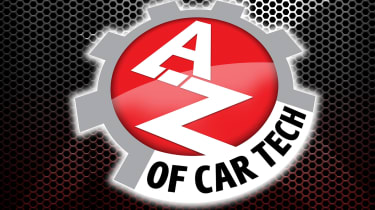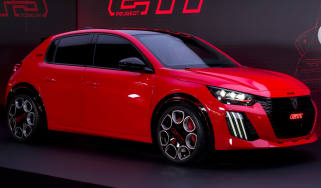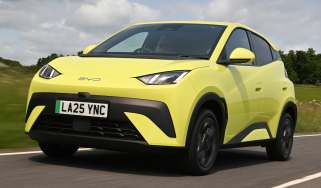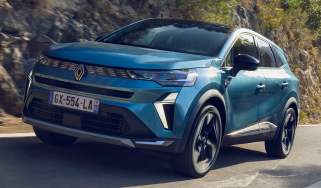Car Tech A to Z: E is for electric vehicles, engines and more
The letter E in our A to Z of car tech explains electric vehicles, economy modes, engines and exhausts...
The technology contained within the modern motor car can be both fascinating and slightly baffling nowadays. Most such technology exists to make our cars safer, more efficient and just better than ever to drive.
But some of it can be quite confusing for the average motorist, so in this A to Z series we will attempt to unravel the mystery of technology that is the modern motor car. This week, we’re visiting the letter E…
E is for…ECU. Electronic control units are the brains of all modern vehicles. There are separate ECUs for separate systems within every car – some that control relatively simple aspects such as the headlights and wipers, others that control more vital components such as the transmission.
Increasingly, though, engineers are realising that by putting all of a vehicle’s dynamic functions under the control of one Super ECU, they can achieve more consistent results in terms of that vehicle’s dynamic behaviour.
These are extremely complex pieces of software, often built with tens of millions of lines of programming in order to control everything from the infotainment to the gearbox. Without them, a modern car simply wouldn’t be able to function.
E is for…Electric vehicles. Electric vehicles were once regarded as folly, but now form a solid part of our past, present and future motoring lives.
They are powered by electric motors and are effectively fuelled by electricity stored within battery packs that can be charged from either a regular mains plug or a bespoke “fast charge” point, also supplied by the mains electricity.
The first ever electric vehicle was invented in the mid 19th century, by the way, but the technology has taken until now to properly catch on.
E is for…economy modes. Economy modes are controlled by a vehicle’s main ECU and, when engaged, instantly reduce the outputs of aspects such as the climate control, the on board lighting and response from the electronic throttle.
By selecting economy mode a driver has to push much harder and further on the accelerator to produce acceleration. This can lead to fuel savings of as much as 10 per cent in some vehicles.
E is for…EPAS. Electric power steering – also known as EPAS – is common in most new vehicles nowadays, mainly because it’s more efficient than conventional power steering because small electric motors weigh less than hydraulic systems.
There is, however, still a mechanical link between the steering wheel and the steering gear, because in the event of total failure of the electrical system a driver must still be able to maintain control of a vehicle without power assistance.
E is for…engines. A vehicle is nothing without its engine, and nowadays there are many different types. The most popular remains the petrol combustion engine, which uses petrol that is ignited by a spark that causes a small explosion within a cylinder to provide energy, and therefore propulsion.
The second most popular is the diesel combustion engine, which uses diesel fuel that’s injected into a cylinder in which air is then compressed to a point that, once again, it causes a small explosion, providing propulsion.
But increasingly nowadays vehicles are powered by electric motors, which are effectively their engines, with the fuel being provided by electricity stored within on-board battery packs.
And we now have hybrid powered cars as well, in which there is an electric motor that works in conjunction with a combustion engine to provide propulsion.
E is for…exhaust systems. Exhaust systems are what carry the burnt gases produced by a combustion engine away from a vehicle via a series of pipes. Silencers – or mufflers as they’re known in the USA – are fitted along these pipes at various intervals to reduce noise, as are catalytic converters, which reduce the toxic pollutants being expelled via the exhaust system.
In sports cars, exhaust systems can be engineered to help produce a specific sound, often by the use of an exotic material for the pipe-work. Material such as lightweight titanium Inconel not only produces a distinct soundtrack, but also cuts back pressure to improve power output, and reduces weight by 16kg compared with a conventional stainless steel exhaust. Clever stuff.
Next, the letter F...

Find a car with the experts


